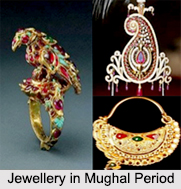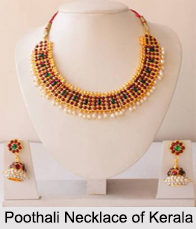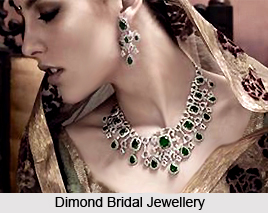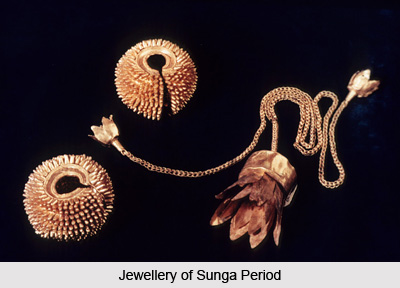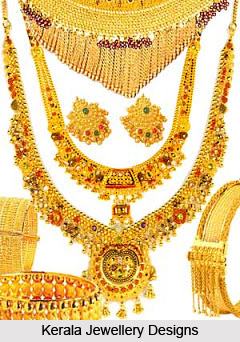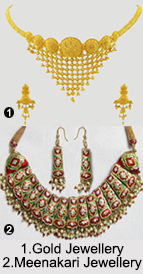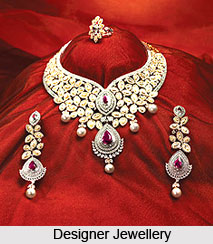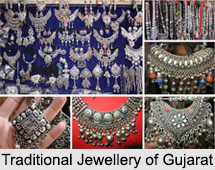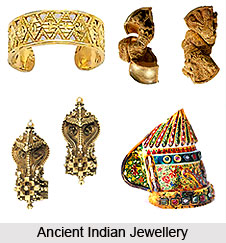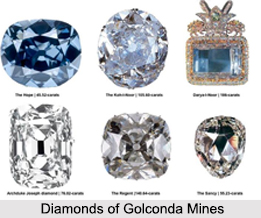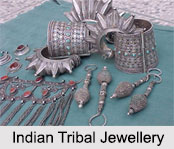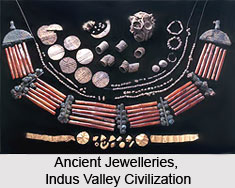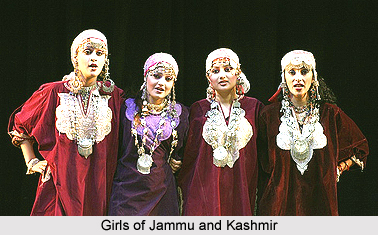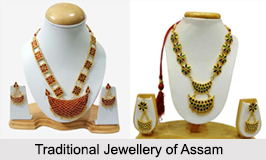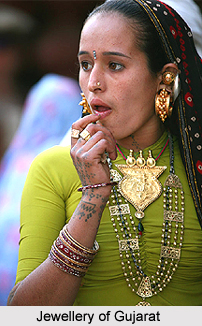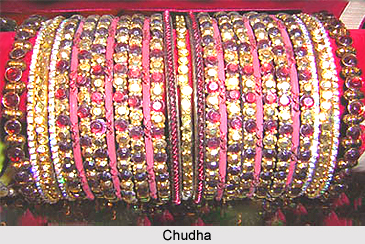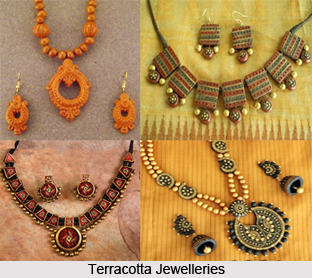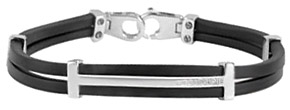 Spiky rubber jewellery constructed from shards of rubber with decorated coloured beads, sometimes with metal, twisted and knotted, give a feeling of delicacy yet rusty impression. The mould rubber jewelleries are soft and flexible, allowing the wax patterns to be easily stripped from the mould, increasing productivity. This flexibility enables difficult moulds to be made with heavy undercuts when stiffer rubbers would break the wax pattern.
Spiky rubber jewellery constructed from shards of rubber with decorated coloured beads, sometimes with metal, twisted and knotted, give a feeling of delicacy yet rusty impression. The mould rubber jewelleries are soft and flexible, allowing the wax patterns to be easily stripped from the mould, increasing productivity. This flexibility enables difficult moulds to be made with heavy undercuts when stiffer rubbers would break the wax pattern.
